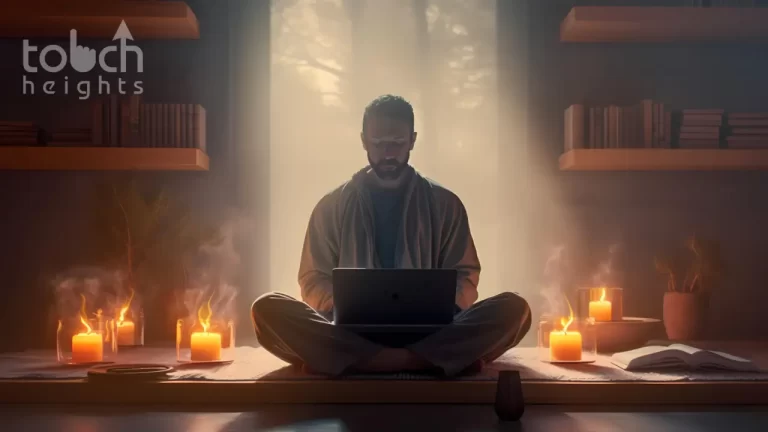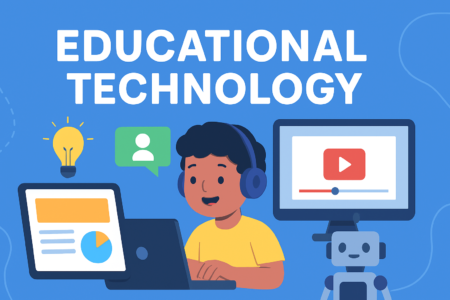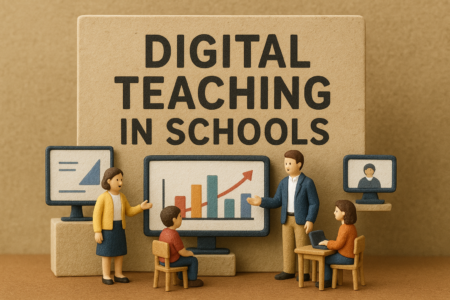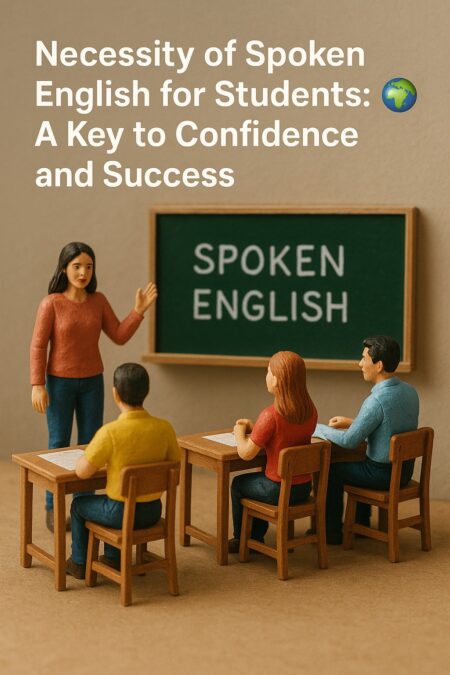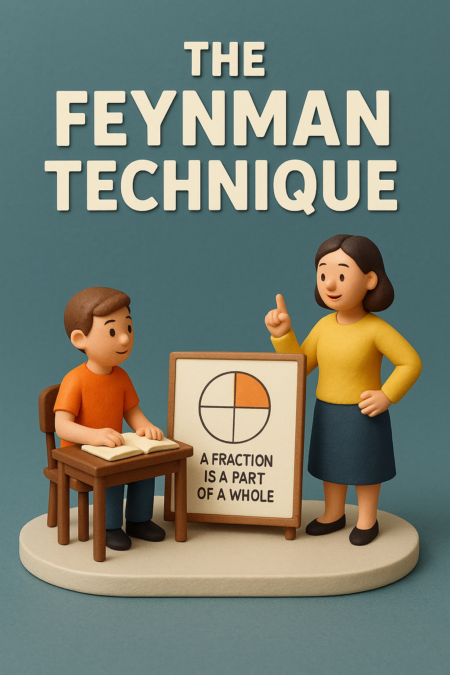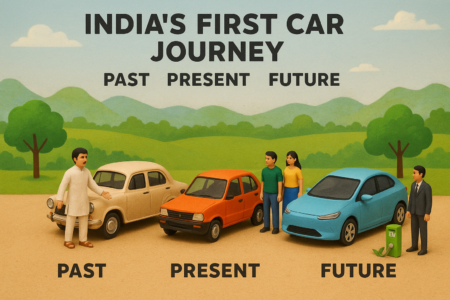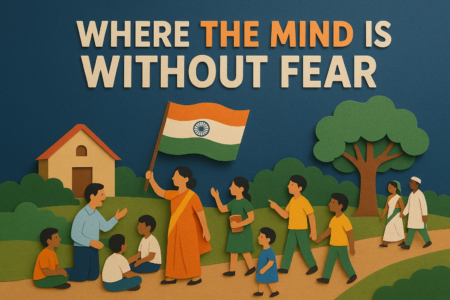Introduction
Education’s magic is in Holistic Learning—subjects interconnect, forming a comprehensive understanding. Each lesson is a crucial fragment contributing to a bigger picture. Join us in this transformative journey where learning becomes an interconnected adventure, transforming education into a dynamic tapestry of knowledge. Let’s discover the beauty of education’s bigger picture together!
The Benefits of Holistic Learning
Enhanced Critical Thinking:
- Breaking Down Silos Between Subjects:
Tear down the walls! Holistic learning connects different subjects, turning your mind into an interconnected landscape.
- Identifying Interconnections and Relationships:
Be a detective of knowledge! Holistic learning helps you connect the dots between subjects, turning your learning into an exciting puzzle.
Improved Retention and Application:
- Real-world Contexts for Knowledge:
See beyond the facts! Holistic learning shows you how math, science, and history apply in the real world, turning knowledge into a useful toolkit.
- Meaningful Learning Experiences:
Turn pages into adventures! Holistic learning makes every lesson a meaningful story, connecting subjects and transforming your education into a thrilling journey.
Strategies for Integrating Subjects
Cross-Disciplinary Projects:
- Examples of Successful Projects:
Imagine a project where math, science, and art team up. Maybe you calculate the angles to build a sturdy bridge, explore the science behind its materials, and then unleash your artistic side to design its look. Real-world, collaborative, and super cool!
- Encouraging Collaboration Among Students:
Team up, superheroes! Holistic learning thrives on collaboration. Group projects become your secret weapon, where each student brings their unique power—be it math mastery, science smarts, or artistic flair.
Interconnected Lesson Plans:
- Finding Common Ground Between Subjects:
Let subjects chat! In Holistic Learning, lesson plans are like friends sharing stories. Math and science find common ground, history joins the conversation, and suddenly, you’re not studying subjects; you’re creating a vibrant dialogue of knowledge.
- Creating Seamless Transitions:
Smooth moves, no awkward jumps! Holistic learning is about transitions that feel as natural as changing scenes in a movie. Lessons flow seamlessly, so you’re not jumping between subjects; you’re gracefully gliding through a connected storyline.
Addressing Challenges
Every hero faces challenges, and our schools and educators are no different. From tight schedules to different learning paces, they’ve tackled it all. These stories reveal the superhero moves—innovative solutions that turn challenges into opportunities. Learn how these educational champions make Holistic Learning work, even in the face of challenges.
Practical Tips for Teachers
Fostering an Integrated Curriculum:
Teachers, it’s time to be architects of a whole new learning adventure! Break down those subject walls and team up with your fellow educators. Imagine a curriculum where math, science, and history join forces to create an interconnected journey. Build bridges between lessons, letting students seamlessly travel between subjects. Make learning a holistic experience that’s not just informative but fun!
Adapting Teaching Methods:
Shake things up, teachers! Embrace a mix of teaching methods to cater to different learning styles. From interactive projects to group discussions and hands-on experiments, let each lesson be a unique experience. Your adaptability keeps students engaged, helping them connect with the material on a deeper level. Every student is a unique learner, and your versatility makes you the guide they need on their holistic learning journey.
Addressing Concerns and Criticisms
Common Misconceptions About Holistic Learning:
- Holistic Learning is Chaotic:
Some believe blending subjects creates chaos, but it’s more like organizing a room – everything has its place. Holistic learning organizes knowledge, making it clearer and more enjoyable.
- Holistic Learning Ignores Core Subjects:
There’s a myth that Holistic Learning neglects core subjects like math and science. In reality, it elevates them by showing how each plays a crucial role, much like instruments in an orchestra.
Responding to Skepticism in Education:
- It’s Just a Trend:
Some might see Holistic Learning as a passing trend, but it stands the test of time. It’s not about trends; it’s about what works. Holistic Learning enhances understanding, boosts critical thinking, and makes education enjoyable.
- Fear of Losing Depth:
Skeptics worry that connecting subjects might mean sacrificing depth. However, Holistic Learning enriches knowledge, like adding layers to a story. Understanding connections allows you to delve deeper into each subject.
The Future of Education: Holistic Approaches
Trends in Educational Philosophy:
- Connected Wisdom:
Education is shifting from mastery of one subject to understanding connections—a puzzle of knowledge that makes learning exciting. - Lifelong Adventure:
Learning is no longer a one-time event but a lifelong journey, fostering curiosity and continuous exploration. - Emphasis on Critical Thinking:
Future education prioritizes thinking across subjects, encouraging you to analyze, connect, and apply knowledge in diverse scenarios.
Incorporating Holistic Learning in Modern Curricula:
- Interactive Experiences:
Modern education transforms lessons into interactive experiences, making learning hands-on and engaging. - Technology as a Holistic Tool:
Embrace the digital age—technology connects subjects, using tools like virtual reality to turn education into a dynamic and fun adventure! - Real-world Applications:
Curricula focus on practical applications, showing you how knowledge is used in the real world, making every lesson relevant and impactful. - Adaptability and Innovation:
Modern education values adaptability, encouraging innovative thinking and problem-solving skills to prepare you for a dynamic future.
Conclusion
Holistic Learning transforms subjects into a vibrant tapestry. With benefits like enhanced critical thinking and readiness for the future, it’s more than a method—it’s a paradigm shift, urging us to see education as a connected adventure. Let’s welcome this holistic approach, where learning becomes a captivating exploration of interconnected possibilities!

